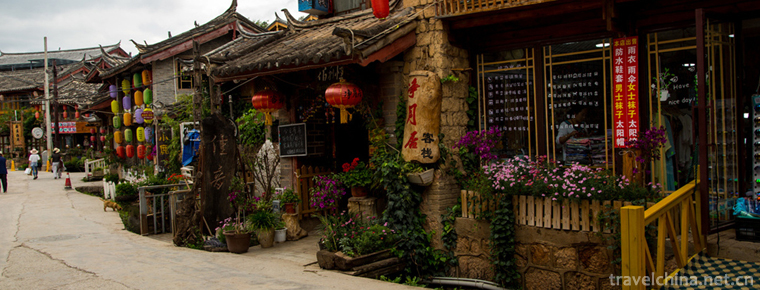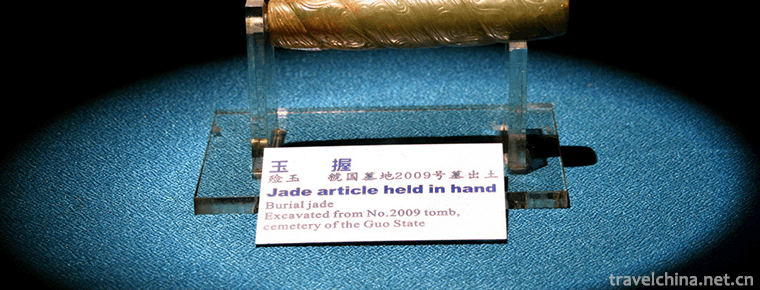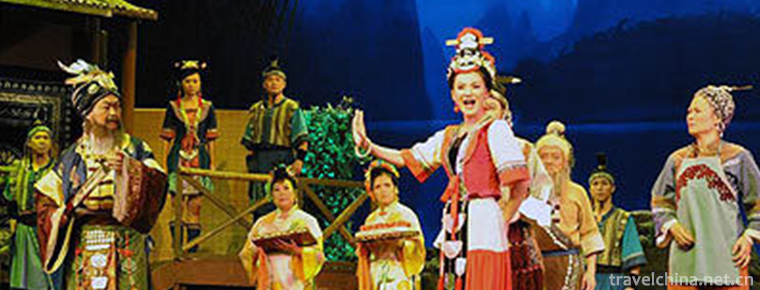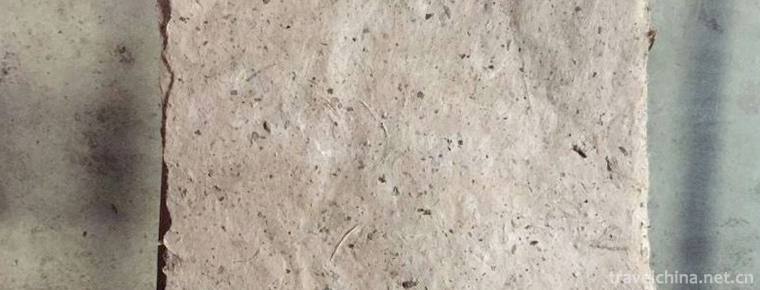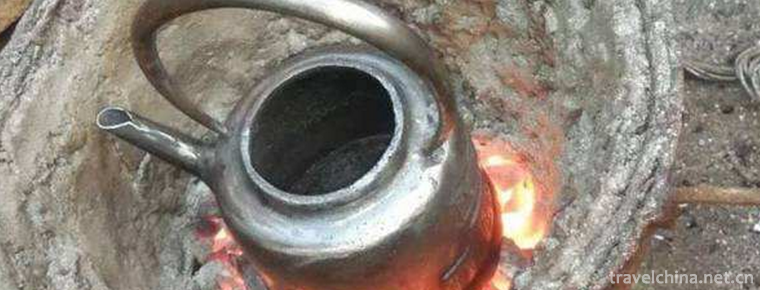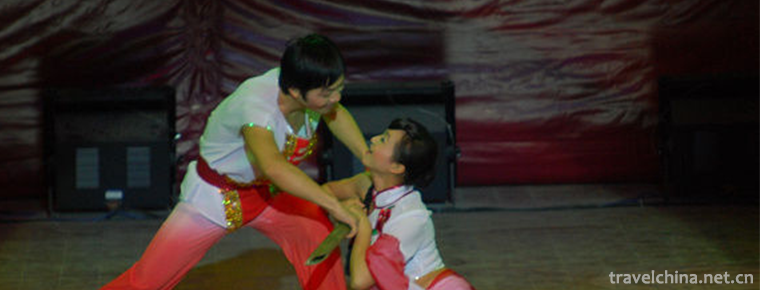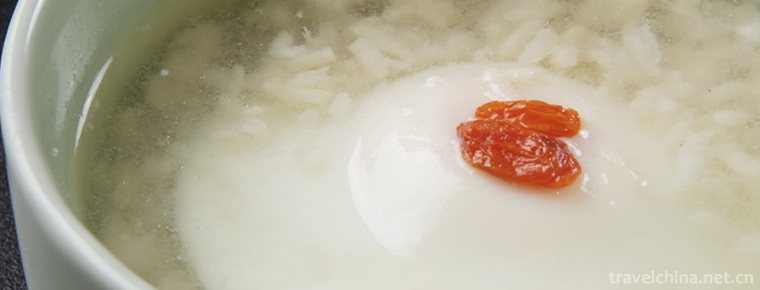Natural resources of Panzhihua
Natural resources of Panzhihua
water resource
Panzhihua is rich in hydropower resources, with theoretical reserves of more than 6.879 million kilowatts and exploitable capacity of 5.994 million kilowatts. The distribution of hydropower resources in Panzhihua area is concentrated, mainly distributed in the Jinsha River and Yalong River, as well as the tributaries of Anning River, Yongxing River and Tengqiao river.
plant resources
There are more than 2300 species, 900 genera and 190 families of wild plants in Panzhihua City. Among them, there are 546 species, 372 genera and 130 families of wild plant resources in Renhe district. They include: pteridophytes, 9 families, 13 genera, 24 species (including 2 varieties); gymnosperms, 4 families, 5 genera, 9 species (including 1 variety); 105 families, 306 genera, 453 species of dicotyledons (including 18 varieties and 3 subspecies); 12 families, 48 genera, 60 species (including 4 varieties) of monocotyledons. There are 10 species of rare plants: Cycas Panzhihua, Tilia, ginkgo, catalpa, cinnamon, Dechang fir (middlewood), Eucommia ulmoides, Gastrodia elata, Magnolia officinalis and nanmu. Among them, Cycas Panzhihua and Eucommia ulmoides are grade 2 protected plants, accounting for 6.45% of the 31 species in Sichuan Province. Dechang fir, Gastrodia elata, catalpa, Magnolia officinalis and Phoebe nanmu are three national protected plants.
Animal resources
Panzhihua City is very rich in wildlife resources, and there are many species. There are 287 species (including subspecies) of wild vertebrates in Sichuan Province, accounting for 22.21% of the total animal species (including subspecies) in Sichuan Province, while the urban area is less than 2% of the total area of Sichuan Province. Among them, there are 158 species of wild economic animals, including 7 orders, 12 families, 25 species and 4 subspecies of mammalia; 6 orders, 26 families, 30 species, 38 subspecies of ornitha; 3 orders, 5 families, 9 species of Reptilia; 1 order, 4 families, 7 species of amphibia; 45 species of 14 families, 4 orders of fishes. There are 19 species of rare wild animals under state protection in Sichuan Province, accounting for 32.20% of 59 species of rare wild animals under state protection in Sichuan Province, and 4 species of raptors, accounting for 10.81% of 37 species of raptors in Sichuan Province.
mineral resources
Panzhihua City has 7.18 billion tons of proven iron ore (mainly vanadium titanium magnetite), accounting for 72.3% of the proven iron ore resources in Sichuan Province, and is one of the four major iron ore areas in China; the reserves of associated titanium resources account for 93% of the country, ranking the first in the world; the reserves of associated vanadium resources account for 63% of the country, ranking the third in the world. The proven reserves of graphite resources are the third in China. After years of development and utilization, the city has 6.64 billion tons of vanadium titanomagnetite resources, including 430 million tons of associated titanium ore and 10.203 million tons of associated vanadium ore; the identified reserves of cobalt are 27000 tons, in addition, there are chromium, gallium, scandium, nickel, copper, lead, zinc, manganese, platinum and other rare and precious metals; among non-metallic minerals, coal reserves are 340 million tons, and crystalline graphite reserves are reserves There are 15.552 million tons, 20.775 million tons in Juque stone, 340 million tons in solvent limestone, 47.435 million tons in metallurgical dolomite, 12.098 million tons in refractory clay, 13.556 million tons in diatomite and 81.2 million cubic meters in granite.
population
By the end of 2018, the total household population of Panzhihua was 1 million 83 thousand and 400, of which 523 thousand were agricultural population and 560 thousand and 400 were non agricultural population. There were 10916 births and 6612 deaths in that year, with a natural growth rate of 3.98 ‰. At the end of the year, there were 1.236 million permanent residents, and the urbanization rate was 66.59%, 0.6 percentage points higher than that of the previous year. 8127 couples were registered for marriage and 4177 for divorce.
There are 42 ethnic groups in the city, of which the Han nationality accounts for 86.6% of the city's population. Among the 41 ethnic minorities, Yi people account for 8.89%, followed by Lisu, Miao, Naxi, Bai, Dai and Manchu.

Natural resources of Panzhihua
-
Old boundary ridge of Funiu Mountain
Laojieling is located in the north of Xixia County, Nanyang City, Henan Province. It is located in the upper part of the south slope of Funiu Mountain
Views: 148 Time 2018-12-09 -
Yangma Island Scenic Area
National AAAA-level tourist attractions, Shandong Province "Top Ten Tourist Scenic Spots", 2008 "Tourists'Favorite Charm Scenic Spots". Located 9 kilometers north of Ninghai Town,
Views: 163 Time 2018-12-26 -
Kuanguo Museum
The Kuanguo Museum is a special museum built on the site of the Kuanguo Cemetery in the Western Zhou Dynasty, a national key cultural relic protection unit. It covers an area of 100,000 square meters
Views: 224 Time 2019-01-13 -
Tone tune
Colour tune, commonly known as tune, colour tune, colour lantern, Na Hao Hey and so on, is one of the local operas in Guangxi. It belongs to the system of Lantern opera
Views: 414 Time 2019-04-04 -
Lhasa nun Ma
Lhasa Bauma refers to a comprehensive music and dance art style which has a huge structure and contains poems, songs, dances and music, which is spread in Lhasa, Shigaze and Jiangzi of Tibet.
Views: 314 Time 2019-05-10 -
Manchu Ergui wrestling
Ergui wrestling is a traditional Manchu folk dance spread in the urban and rural areas of Longhua County, Hebei Province. It was formed in the late Qing Dynasty (around 1820 A.D.) and flourished betwe
Views: 125 Time 2019-05-17 -
Mulberry Paper Making Skills
Mulberry paper is pale yellow. Mulberry paper with exquisite craftsmanship has obvious fiber structure. Mulberry paper is basically used as the page in local government books and books formed in Ming
Views: 144 Time 2019-06-12 -
Xunyang Folk Song
Xunyang Folk Song is one of the local folk songs in Xunyang County, Ankang City, Shaanxi Province. It has a long history, rich melodies, various types and different styles. Like other folk art forms,
Views: 144 Time 2019-07-09 -
Smelting and Casting Techniques of Pig Iron in Yangcheng
Yangcheng pig iron casting technology was invented in the 6th century BC. Yangcheng pig iron smelting and casting technology in the smelting and casting process first crushed the ore, then roasted at
Views: 116 Time 2019-07-10 -
Yihuanghe Bar Dance
Hebang dance is popular in Hedong area of Yihuang County, Jiangxi Province. It is a kind of traditional folk dance developed by mountain people from generation to generation, chopping branches on the
Views: 280 Time 2019-07-12 -
Sugar Eggs
Laozao is a local snack, belonging to Sichuan cuisine. Laolao, a kind of wine brewing in ancient Chinese, is a Sichuan dialect, that is, boiled eggs with wine brewing. Put the mash in the pot and boil
Views: 491 Time 2020-03-09
